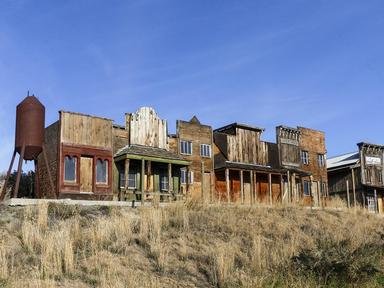
Tough Love Trivia Quiz
Clint Eastwood Films
Clint Eastwood has been involved in over 70 films, either as a director, actor or both. The following fictitious narrative creates a story line that utilizes a small portion of his anatomy of works.
by pollucci19.
Estimated time: 3 mins.